By GEM REPOTY/ Anne Campbell, Ph.D. and students at the Middlebury Institute of International Studies
It is not a simple task to prepare students about educational development around the world. At the Middlebury Institute of International Studies, we try to do this by providing international perspectives, practical learning, and immersive education for international careers. To better align the time and resources available with current events and students’ interests, we re-design our Education and Development course annually.
Teaching this course involves introducing students to the most recent and relevant perspectives, initiatives, organizations, and debates in education and development. To better prepare students for careers in the field or future study, they must understand and appreciate the importance of data-driven decision making—a process which begins with the awareness of and ability to find and analyze global education data. This year we included The GEM Report’s Scoping Progress in Education (SCOPE) tool (education-progress.org) as a formal resource for further exploration.
Why and how is SCOPE useful to students?
The tool provides students with a broad, comparative perspective on the state of educational development across five key themes: access, equity, learning, quality, and finance. Further, it complements the themes in the Global Education Monitoring (GEM) Report, which students also explored in class, while providing them with the opportunity to interact with the most recent data available. Users are also able to easily compare data among countries and engage with powerful, eye-catching visualizations. Additionally, the portal also allowed students to apply and connect knowledge from other classes, including topics such as inequality in education, data-driven policymaking, and data analysis and visualization.
How did we incorporate SCOPE into the course?
We began by exploring the role of UNESCO in international education and development. Next, we were joined virtually by a MIIS alumnus who works with UNESCO in the Dakar office. Students were then introduced to both the GEM Report and to the SCOPE website. With this foundation in place, students worked in small groups to explore one of the five key themes, investigating what the data seems to indicate (interpretation), how it is presented (visualization), and what seems irregular or missing (critique). After students presented their initial impressions, we discussed the reliability and validity of quantitative data, the challenges inherent to collecting accurate and comparable data, and the usefulness and limitations of cross-national comparisons. This activity also allowed the students to understand the types and extent of quantitative data available in the Education Progress portal.
Students were then tasked with completing a course assignment building off this knowledge and incorporating the findings from SCOPE. Each student was asked to select one of the five themes that interested them or aligned with other classes or projects. Then, within that theme, students were asked to select a relevant data presentation or specific country. Their assignment was to write and share a blog post of up to 1000 words explaining the story behind the data, focusing on history, policy, or other context. In other words, students were invited to bring the quantitative data to life by using qualitative evidence. Accordingly, the assignment also included practical strategies for writing and designing compelling blog posts on WordPress. Finally, before publication, we incorporated a semi-formal peer review component to help students improve each others’ drafts before their blog posts went live on the class website.
What was the result?
A variety of fascinating topics! Students wrote about the relationship between national wealth disparity and education access in Guatemala (Muff) and in Colombia (Weston), the influence of war on educational access in Somalia (Davis), and barriers to educational access in the Marshall Islands (Mongelluzzo). In terms of educational quality, Saint-Phard wrote about challenges facing the Haitian education system, Dumouza wrote about Afghanistan’s efforts to rebuild their education system, and Majri wrote about sanitation facilities for female students in Senegal.
Posts related to student learning outcomes included a discussion of access to the internet in Burundi (Nguyen) and of literacy programs in Cuba (Salay) and in Nepal (Ennen). Teacher training and multilingual education were also popular themes: Tanen wrote about teacher recruitment and training in Ghana, Magyar wrote about teacher training and indigenous education in Peru, and Terkel discussed mother-tongue based education in Pakistan. In terms of financing for education, Ngaboyisonga wrote about financing German higher education and Mockler discussed higher education quality and expense in the United States.
For several students, their chosen topics were new to them, providing an opportunity to explore new themes. For other students, they built upon longstanding relationships with a country or specific population. In the end, each of us learned a lot about these diverse topics in the education and development sphere, while also surfacing additional topics for further inquiry. Without question, our hands-on exploration of SCOPE helped us better understand and appreciate the stories behind the numbers, bringing education systems and their complex challenges to life.
Fuente: https://gemreportunesco.wordpress.com/2020/06/18/using-scope-to-teach-educational-development/


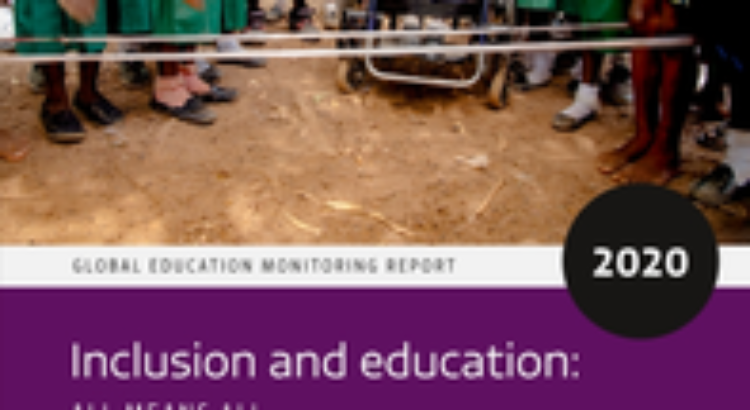
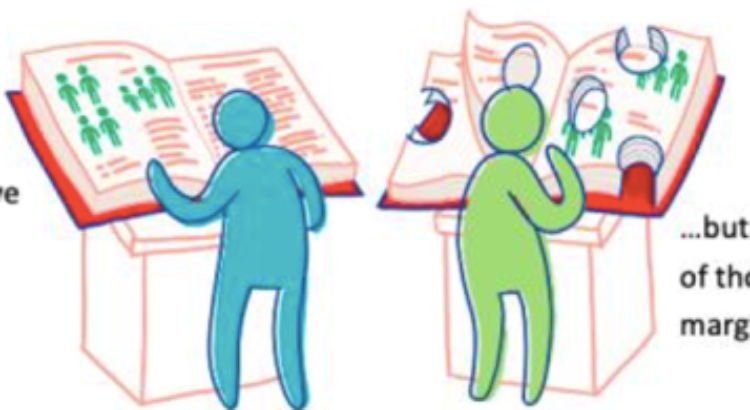
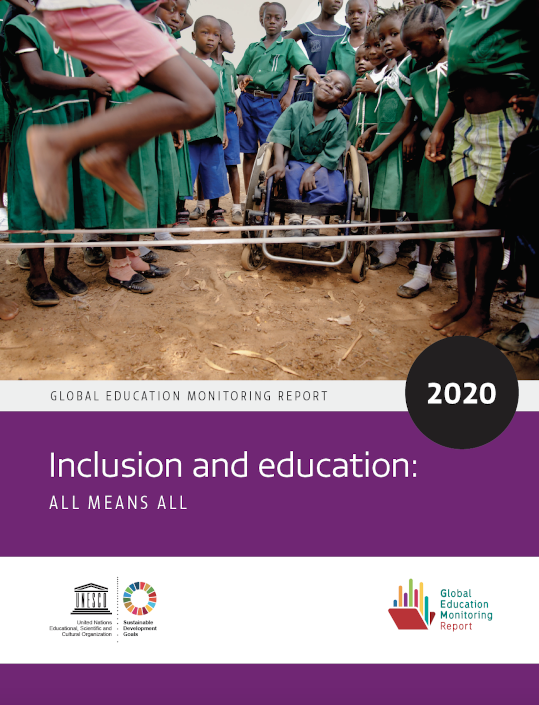

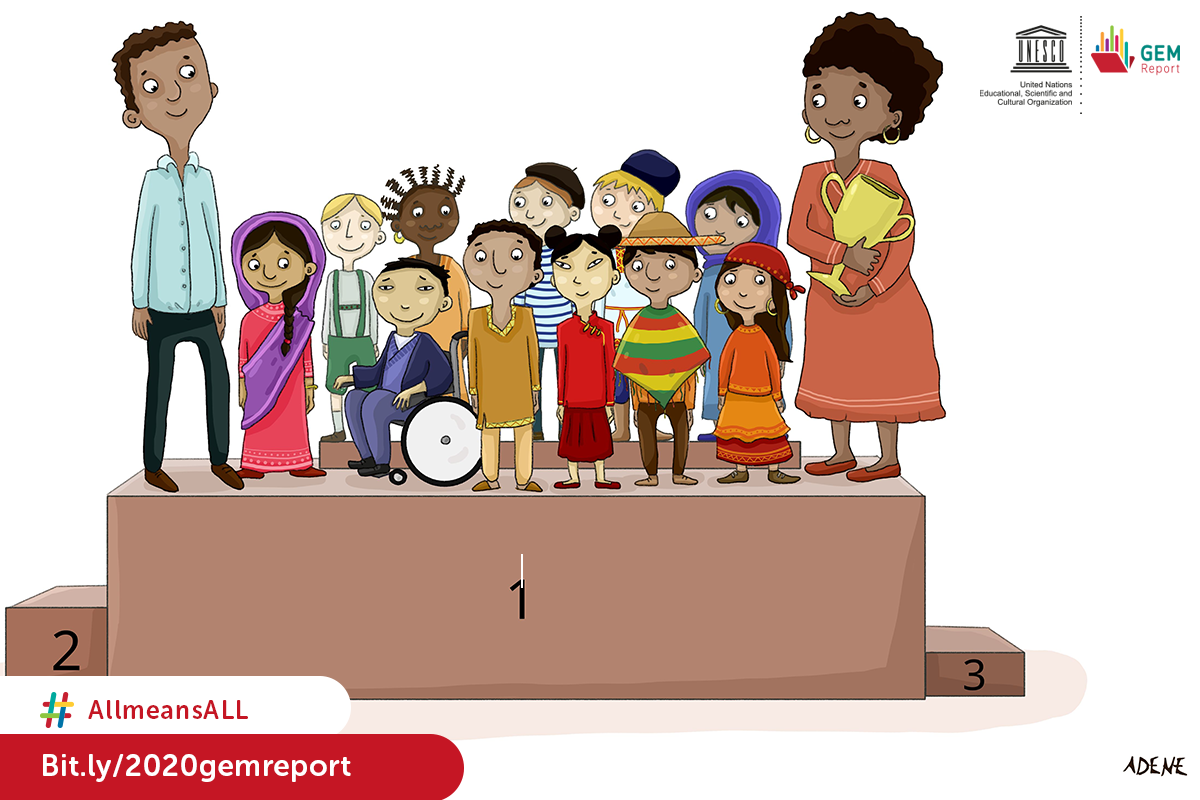
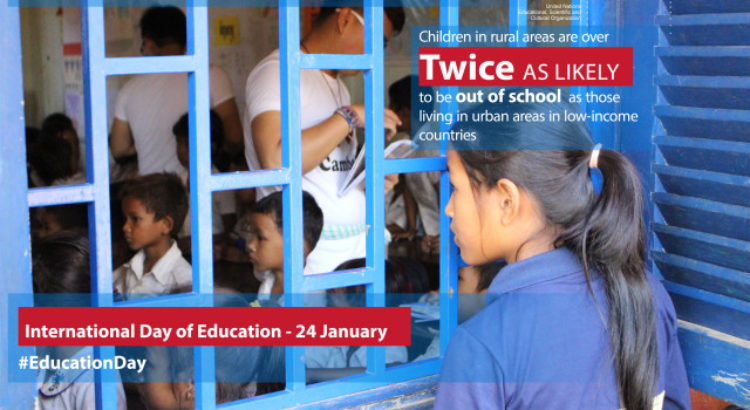
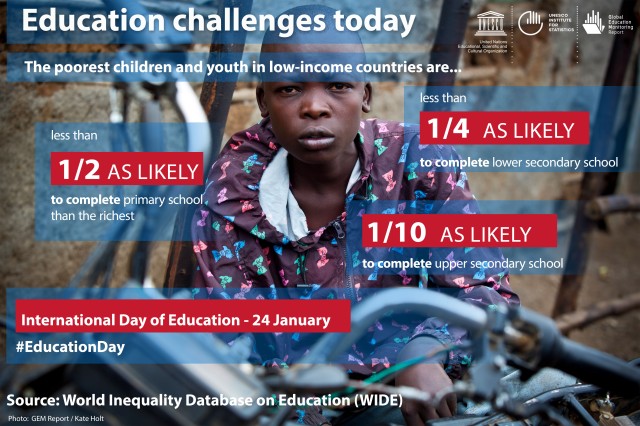







 Users Today : 37
Users Today : 37 Total Users : 35460420
Total Users : 35460420 Views Today : 76
Views Today : 76 Total views : 3419239
Total views : 3419239